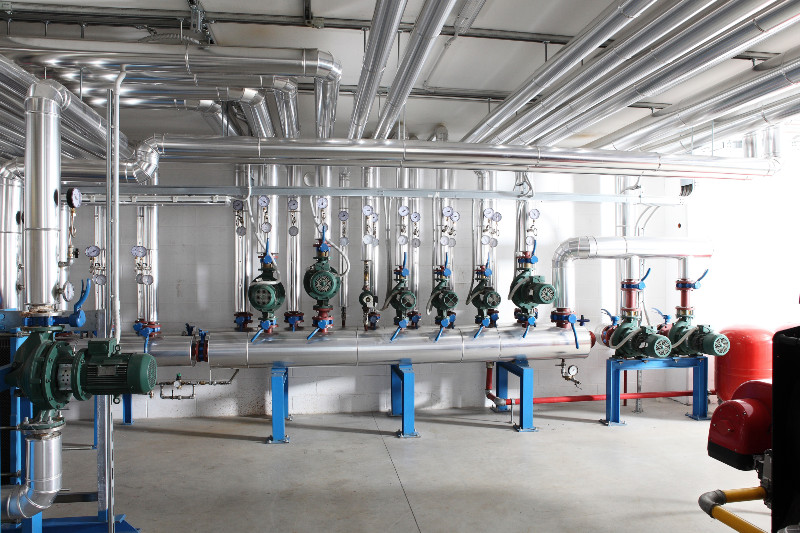A reciprocating compressor is an essential system used in production units- from gas pipelines, oil refineries to petrochemical plants, there are many industries that rely on compressors. To know how the system works, keep reading.
How do reciprocating compressors work?
A reciprocating compressor moves gases at high pressure by using pistons that are driven by a crankshaft. The first step involves the intake of gas that enters the suction manifold. From there, the gas moves into the compression cylinder, where the piston compresses the gas before discharging it.
Following the discharge, the gas must be stored or used immediately to avoid losing its pressurization. The gas can be stored in air tanks or used in hydraulic machines.
What are the advantages?
One of the major benefits of reciprocating compressor is that it has very low installation cost. The machines are popularly used in oil and gas units due to their ability to offer continuous flow, backed by low maintenance charges. Apart from this, another perk of using this compressor is its ability to generate both high and low pressure. Typically, it has the potential to produce more than 500hp in power and 400 bar pressure. Moreover, it does not suffer from oil carry-over.
What are the types of gases used?
The compressors are used in various industrial and chemical operations. The gases that are used to compress are oxygen and hydrogen for chemical processing, hydrocarbon fractions for refining gases used in storage and transmission, and air for instruments and tools.
When there is a high compression ratio with no high flow rates, you need reciprocating compressors. Generally, the fluid is dry and forms a critical piece of equipment in different industrial units. As the machine has the edge over other types of compressors in relation to efficiency, price and power to generate both high and low pressure, it is well-favoured by many units.


